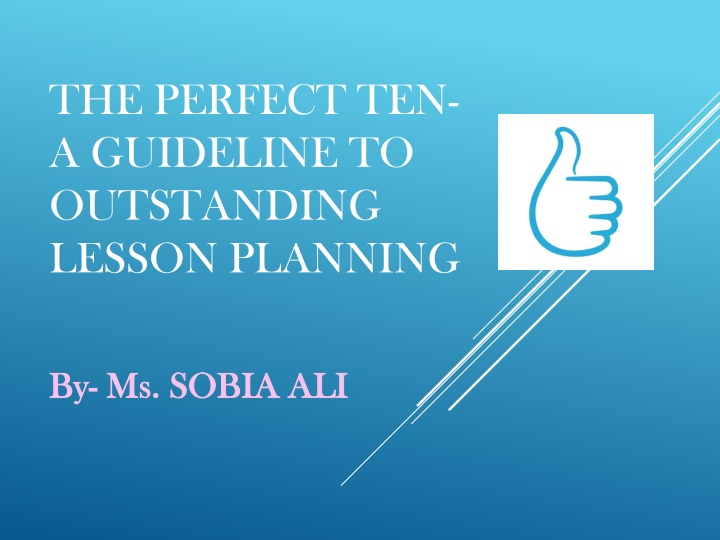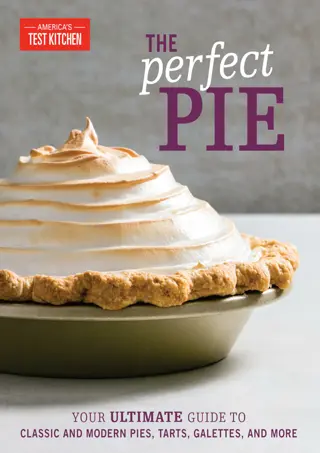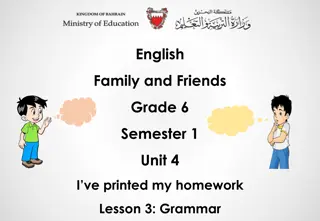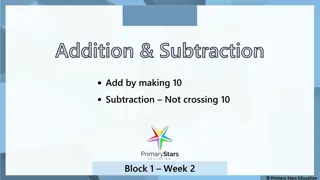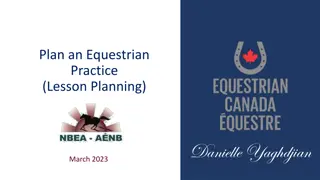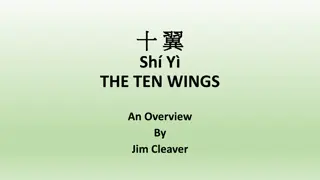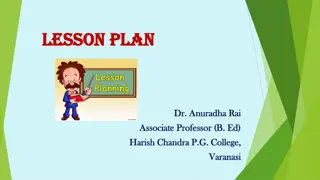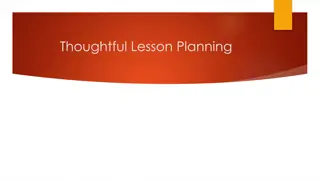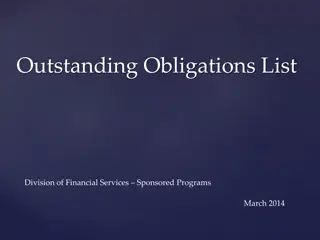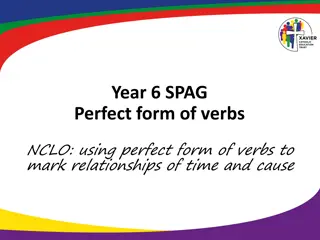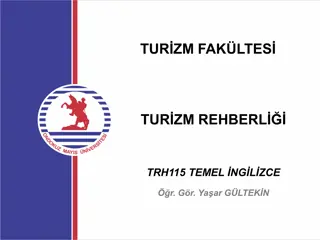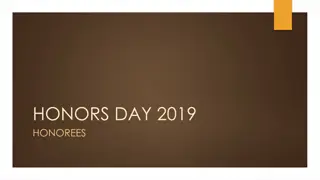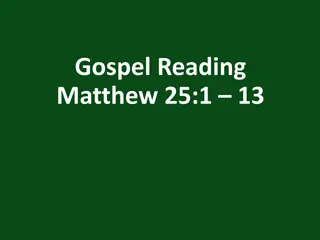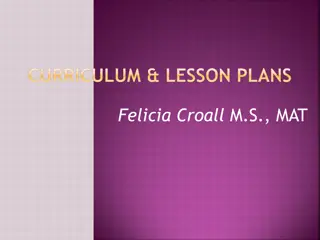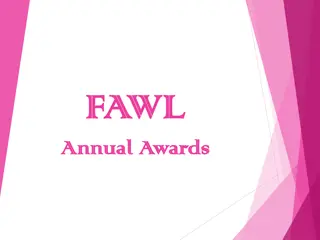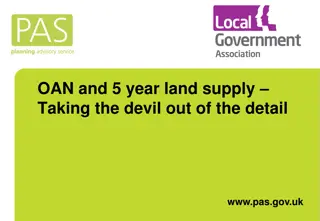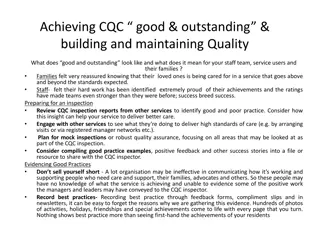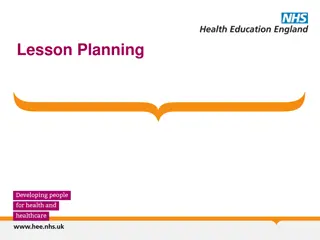The Perfect Ten: A Comprehensive Guide to Outstanding Lesson Planning
Uncover strategies for effective lesson planning, align teaching practices with excellence, and engage in group activities like brainstorms and mind mapping. Explore objectives to stimulate student progress and differentiation through questioning and dialogue techniques.
Download Presentation

Please find below an Image/Link to download the presentation.
The content on the website is provided AS IS for your information and personal use only. It may not be sold, licensed, or shared on other websites without obtaining consent from the author.If you encounter any issues during the download, it is possible that the publisher has removed the file from their server.
You are allowed to download the files provided on this website for personal or commercial use, subject to the condition that they are used lawfully. All files are the property of their respective owners.
The content on the website is provided AS IS for your information and personal use only. It may not be sold, licensed, or shared on other websites without obtaining consent from the author.
E N D
Presentation Transcript
THE PERFECT TEN- A GUIDELINE TO OUTSTANDING LESSON PLANNING By By- - Ms. Ms. SOBIA ALI SOBIA ALI
WoW (Ways of Working) Be here Respect each others opinion Keep an open mind No mobiles Ask questions Collaborate and share ideas Professional development is your own responsibility
Objectives: - Explore various strategies that can be used for effective lesson planning. - Relate current teaching practices to expected outstanding lesson planning strands.
GROUP ACTIVITY: GROUP ACTIVITY: BRAIN STORMING, MIND MAPPING AND BRAIN STORMING, MIND MAPPING AND MARKET STALL MARKET STALL
1. OBJECTIVE AND 1. OBJECTIVE AND INTRODUCTION INTRODUCTION Introduction activates required Introduction activates required previous knowledge, stirs previous knowledge, stirs interest/curiosity/inquiry within a interest/curiosity/inquiry within a suitable time frame suitable time frame
2. ACTIVITIES, STRATEGIES , 2. ACTIVITIES, STRATEGIES , QUESTIONING SKILLS AND QUESTIONING SKILLS AND DIALOGUE DIALOGUE Differentiation is clearly evident and caters to all Differentiation is clearly evident and caters to all student needs/interest/ learning styles/ abilities. student needs/interest/ learning styles/ abilities. Questioning challenges students thinking and Questioning challenges students thinking and dialogue engages students in insightful discussions dialogue engages students in insightful discussions and reflection. and reflection.
3.PROGRESS IN LESSONS 3.PROGRESS IN LESSONS Most students make better than expected Most students make better than expected progress in relation to appropriate learning progress in relation to appropriate learning objectives aligned with the expected curriculum objectives aligned with the expected curriculum standards. standards.
CRITERIA CRITERIA- -PROGRESS IN PROGRESS IN LESSONS LESSONS Almost all criteria met (90%) Almost all criteria met (90%)- -Outstanding Most of the criteria met (75%) Most of the criteria met (75%)- - V. Good Large Majority of criteria met (60%) Large Majority of criteria met (60%)- -Good Majority of criteria met (50%) Majority of criteria met (50%)- -Acceptable Large Minority of criteria met (30%) Large Minority of criteria met (30%)- -weak Minority criteria met (15%) Minority criteria met (15%)- - Very Weak Outstanding V. Good Good Acceptable weak Very Weak
4. REAL LIFE 4. REAL LIFE CONNECTIONS/CROSS CONNECTIONS/CROSS CURRICULAR LINKS/SUBJECT CURRICULAR LINKS/SUBJECT KNOWLEDGE KNOWLEDGE Teacher is aware of standards (vertical Teacher is aware of standards (vertical integration),allowing students to regularly make integration),allowing students to regularly make meaningful connections between areas of meaningful connections between areas of learning and use these to deepen their learning and use these to deepen their understanding of the world understanding of the world.
5. STUDENTS LEARNING 5. STUDENT S LEARNING Students interact and collaborate very effectively in Students interact and collaborate very effectively in a wide range of learning situations to achieve a wide range of learning situations to achieve agreed goals. They communicate their learning agreed goals. They communicate their learning very clearly. very clearly. (Awareness of Success Criteria very (Awareness of Success Criteria very critical to achieve this strand) critical to achieve this strand)
6. LESSON PLANNING, 6. LESSON PLANNING, LEARNING ENVIRONMENT, USE LEARNING ENVIRONMENT, USE OF TIME AND RESOURCES OF TIME AND RESOURCES Teacher plans imaginative lessons, Teacher plans imaginative lessons, provids inspiring learning environments and uses time inspiring learning environments and uses time and resources creatively to enable all groups of and resources creatively to enable all groups of students to learn very successfully. students to learn very successfully. provids
7. RELEVANCE AND RANGE OF 7. RELEVANCE AND RANGE OF RESOURCES FOR EFFECTIVE RESOURCES FOR EFFECTIVE TEACHING AND LEARNING TEACHING AND LEARNING An extensive range of the highest quality An extensive range of the highest quality resources, well matched to the curriculum resources, well matched to the curriculum requirements, teacher's and students needs, requirements, teacher's and students needs, promotes excellent teaching and promotes excellent teaching and learning.
8.CLOSURE AND PLENARY 8.CLOSURE AND PLENARY Teacher activates students as owners of their own Teacher activates students as owners of their own leaning by self leaning by self- - assessment and identifying steps to assessment and identifying steps to move forward. Teacher facilitates effective plenary/ move forward. Teacher facilitates effective plenary/ mini plenaries and closure to the lesson along with mini plenaries and closure to the lesson along with making students aware of the next learning making students aware of the next learning.
9. ASSESSMENT 9. ASSESSMENT Teacher has excellent understanding of how to use Teacher has excellent understanding of how to use formative assessment successfully in lessons. formative assessment successfully in lessons. Informal assessment during lessons through, for Informal assessment during lessons through, for example , questioning by teacher, adds to the overall example , questioning by teacher, adds to the overall view of students achievement. view of students achievement.
10. INNOVATION, ENTERPRISE , 10. INNOVATION, ENTERPRISE , ENQUIRY, RESEARCH , CRITICAL ENQUIRY, RESEARCH , CRITICAL THINKING AND USE OF LEARNING THINKING AND USE OF LEARNING TECHNOLOGIES TECHNOLOGIES Students are innovative and enterprising. They are Students are innovative and enterprising. They are independent learners and can find things out for independent learners and can find things out for themselves using a variety of different sources. They themselves using a variety of different sources. They use learning technologies independently and very use learning technologies independently and very effectively. Critical thinking and problem solving skills effectively. Critical thinking and problem solving skills are intrinsic features of learning. are intrinsic features of learning.
ACTIVITY: ACTIVITY: WORK ON A LESSON PLAN IN WORK ON A LESSON PLAN IN YOUR SUBJECT GROUPS YOUR SUBJECT GROUPS
SELF SELF- -REFLECTION REFLECTION
